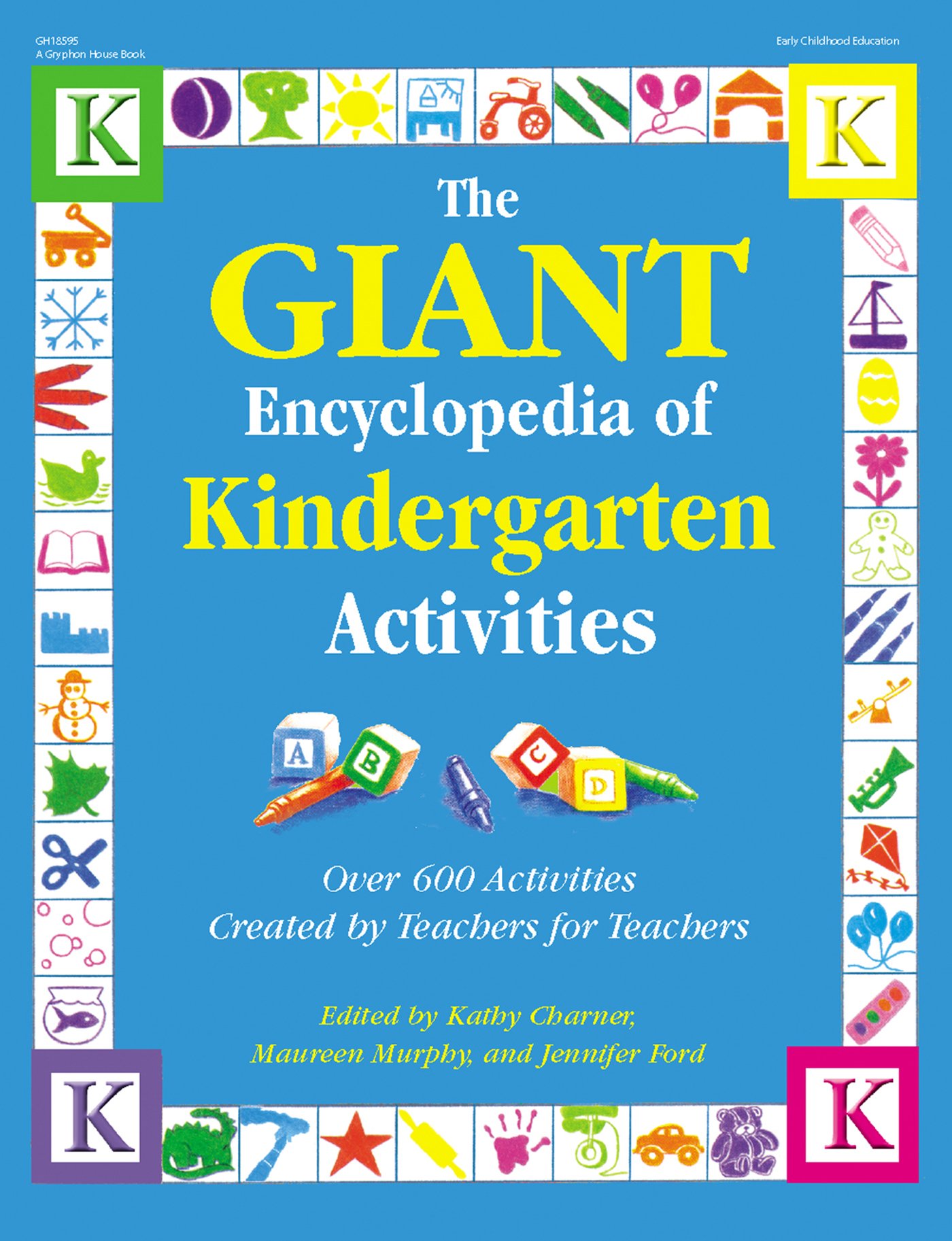Materials
A Helpful Alphabet of Friendly Objects by John Updike
chart paper and marker objects commonly found in the classroom or playground camera glue or paste 29 pieces of construction paper of varying colors sentence strips, optional markers hole punch three-ring binder, metal rings, or thick yarnInstructions
Phase One
1. Read the book A Helpful Alphabet of Friendly Objects to the children. Explain
that they are going to work together to make an alphabet book.
2. Survey the first name of each child in the class to see how many share a
common first letter. Determine how many alphabet letters are and are not
represented by the first names of the children in the class. Create a chart of
the results.
3. Ask children whose names begin with the letter "A" to work together to find
small- or medium-size objects that also begin with the letter "A". For
example, Alex, Angela, and Andrew would work together to find a plastic
apple from the Housekeeping Center, an apron from the Art Station, an
abacus, and so on.
4. Seat the letter "A" children at a table and arrange their objects on the table in
front of them. Take a photo of the children with their found objects. Make
sure the objects show clearly in the photo.
5. Repeat step 3 until you have worked your way through all the letters
represented by the first letters of the names of the children in your classroom.
6. As you progress, mark off each letter on the chart (created in step 2). This will
help you keep track of which letters are done and which letters need to be
done.
7. After doing all the letters represented by the children's names, begin working
on the remaining letters. Refer to the chart (step 2) to see which letters
remain. Ask the children to form groups to find objects for the remaining
letters. If there are children whose names contain, but do not start with, the
remaining letters, point this out and ask if they want to volunteer. For
example, Angela Pizzi could help find objects for the letters "A" and "Z."
8. Have the children work together to find objects for each remaining letter. You
may have to remind them that they are now looking for objects that begin
with a letter that is not the same as the first letter of their names.
9. Remember to take photos of the children with the objects they find.
10. When all the photos are taken and developed, you are ready to begin
making your book.
Phase Two
1. On the back of each photo, write the letter that the photo represents. This
might seem unnecessary, but things can get confusing after a while!
2. Paste each photo in the middle right side of a piece of construction paper.
Leave room on the left for border and binding.
3. On a sentence strip, print a descriptive statement about the photo. For
example, "Alex, Angela, and Andrew found an apple, an apron, and an
abacus." (Or just print the words directly on the construction paper.)
4. Continue until you have mounted each photo and printed a descriptive
sentence for each. When printing sentences for the remaining letters,
remember to show the connection between the children in the photo and
the letter. For example, "Carl, Ralph, and Angela PiZZi found a zebra."
5. If there is no connection between the children in the photo and the letter,
you can leave out the children's names in the descriptive sentence. For
example, "These friends found a xylophone."
6. Encourage the children to create decorative borders and artwork on the
borders of each page. Encourage creativity, but also ask them to relate objects
they draw to the letter represented in the photo.
7. At the same time, have several children work together to create a front cover
and a back cover for the book. Brainstorm together to create a catchy title
and print it on the front cover.
8. Use a three-hole punch on the left edge of each page.
9. Put the pages in order in a three-ring binder, use metal rings, or sew the
pages together with thick yarn. (Because this book is large, it's best to use a
three-ring binder.)
